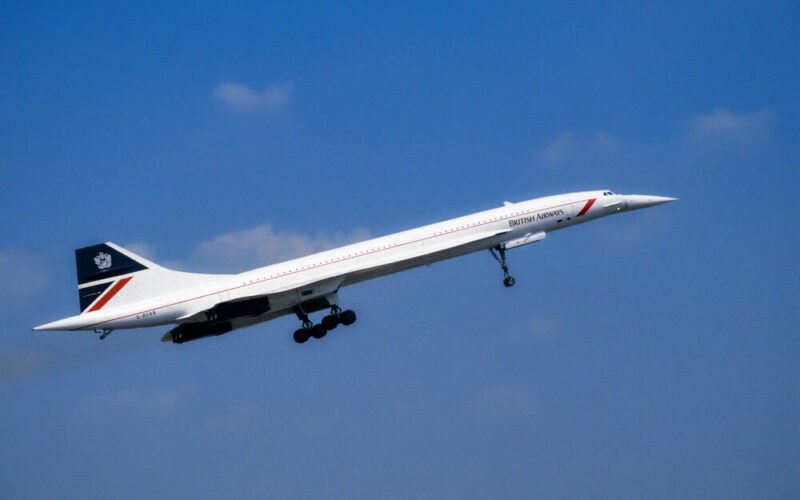Concorde, for some, was a pinnacle of human engineering – the sleek fuselage, slender delta wings, and the droop snoot attracted the eyes of many. But nobody is perfect and, unfortunately, Concorde is no exception. The supersonic jet generated a lot of noise. Literally.
In fact, so much noise, that it was banned from operating at supersonic speeds over land on March 27, 1973, under the initiative of the Federal Aviation Administration (FAA). The ban went into effect on April 27, 1973. Further limitations to potential markets that Concorde could operate in were added on December 18, 1975, a month before Concorde was scheduled to begin passenger service, as the United States (US) Congress banned the Supersonic Transport (SST) from landing in the US for six months, citing noise concerns.
But the ban was lifted on February 4, 1976, allowing Concorde to finally land in the US, which it did on May 24, 1976. The first destination was Washington Dulles International Airport (IUD) and both Air France and British Airways supersonic jets touched down at the airport at the same time, providing a truly breathtaking spectacle.
Yet New York was out of reach for Concorde. The Port Authority of New York and New Jersey banned the type from landing at John F. Kennedy International Airport (JFK) on March 11, 1976. Something that both Air France and British Airways found discriminatory and detrimental to Concorde’s operations: in a lawsuit dating June 14, 1977, both airlines “maintain that the Port Authority’s ban is discriminatory and an undue burden on commerce”.
Stiff resistance
On October 6, 1977, the United States Court of Appeals reached a resolution that Concorde can begin trial flights to the Big Apple and that the Port Authority’s ban was illegal.
Immediately after, both Concorde operators stated their intentions to start test flights to New York. However, the Port Authority was not willing to give up and filed an appeal to the United States Supreme Court judge Thurgood Marshall. Unfortunately for the authority, Marshall deemed that the Port Authority’s ban was not justified, denying the appeal on October 17, 1977.
Yet the authorities were not the only group of people resisting the SST landing at JFK. Protests started in 1976 when a drive-in of 2,000 cars stopped traffic near the airport. When the Supreme Court lifted the Port Authority’s ban, Bryan Levinson, a leader of a demonstrating organization, said that protestors would “be there with thousands of cars”. The then-current Mayor of New York, Abraham Beame, stated that the Supreme Court’s decision was “regrettable” and that New Yorkers should not become “guinea pigs to test the harmful effects of the Concorde”.
Nevertheless, just two days after the Supreme Court allowed the supersonic jet to land in New York, it took off on its maiden flight to the city from Toulouse Blagnac Airport (TLS), where Aerospatiale engineers complete the final assembly of the jet.
On October 19, 1977, French-registered Concorde F-WTSB, landed at JFK and was greeted by journalists, mixed-mood spectators, and representatives from the Port Authority, who set out to measure the noise pollution emitted from the SST. Concorde passed noise level tests with flying colors, as it would have been banned from the airport if it was louder than 112 perceived noise decibels.
And so, the joint-British-French-built jet started regularly scheduled passenger services to John F. Kennedy International Airport (JFK) on November 22, 1977.
“It may be beautiful to look at, but not to live near,” one New Yorker noted.

